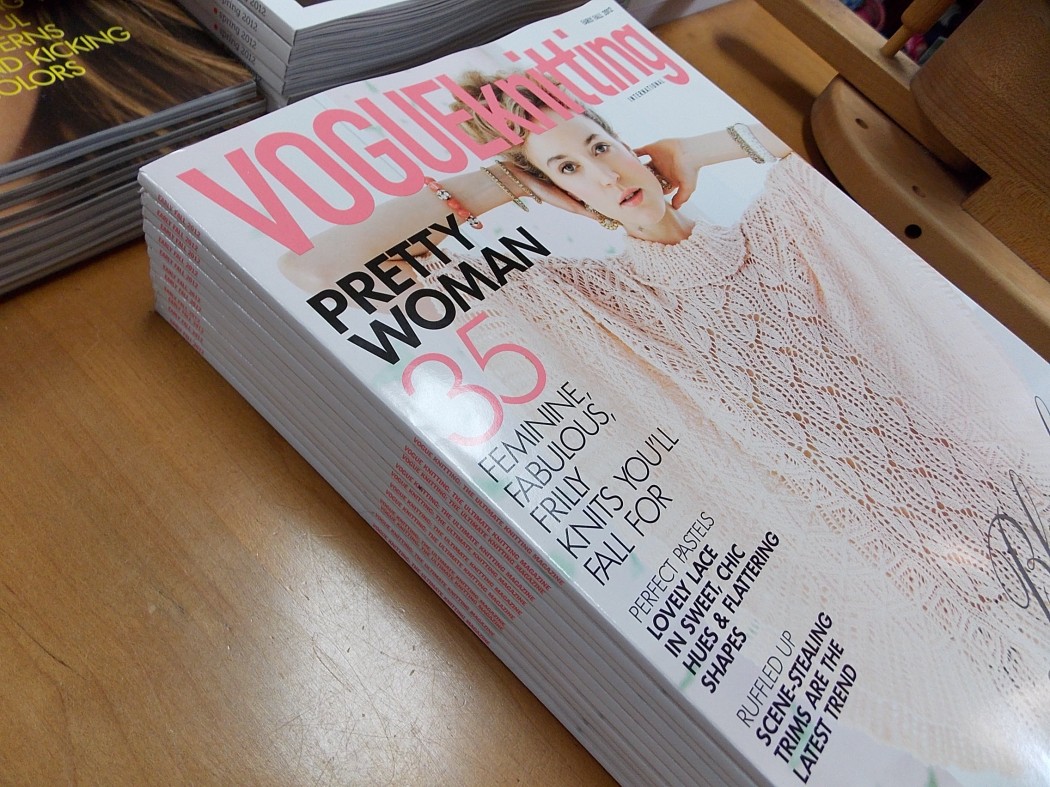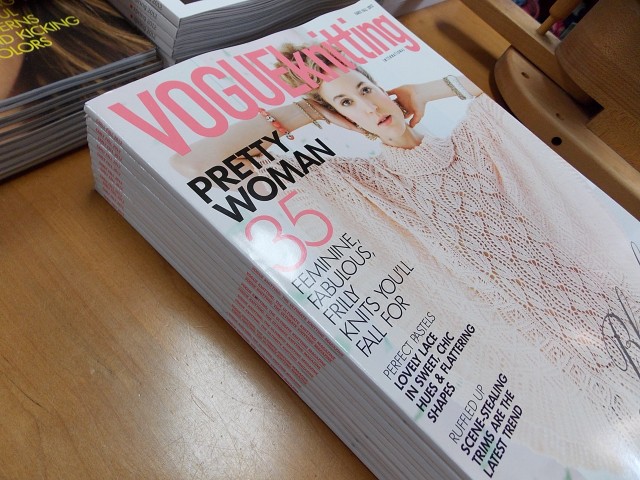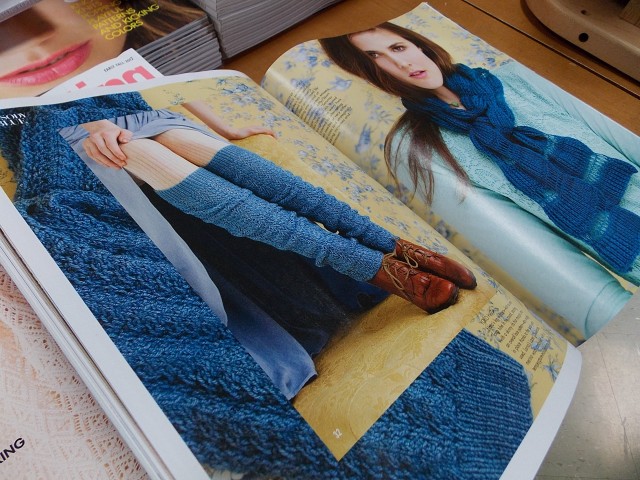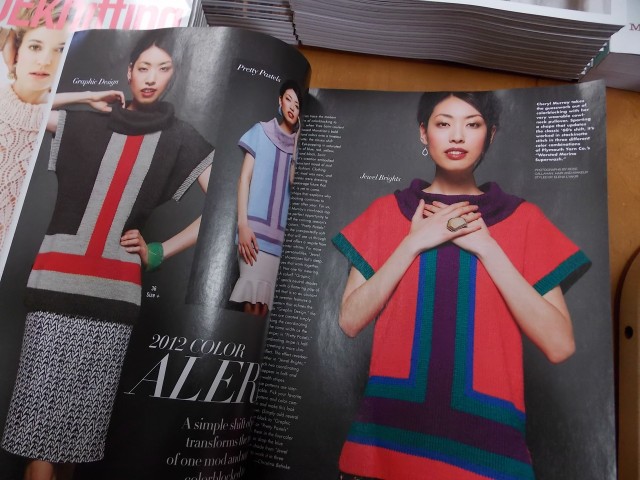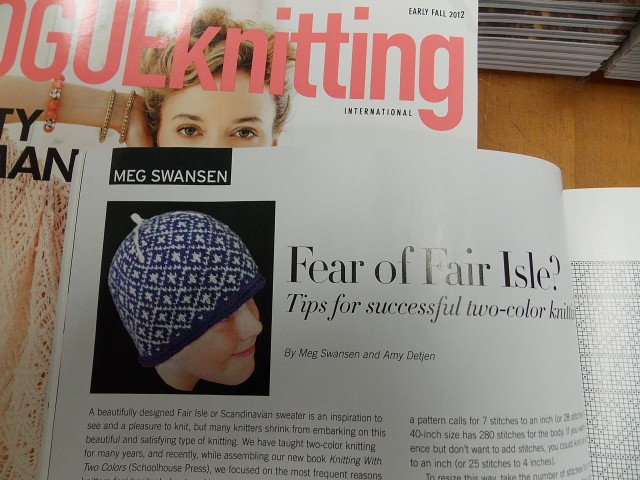
Recently I completed a project that had been stuffed in the bottom of a basket for about a year. I’m not a monogamous knitter, but lingering unfinished projects do bother me a bit. Every once in a while, I’d remember this particular project, a half-completed colorwork vest, and worry about it a little. Would I ever finish it? Why did I put it down again? There must have been something intimidating ahead in the pattern, something scary enough that I’d hide the whole thing away and spend a year knitting other things. When I pulled out the pattern, an out-of-print Meg Swansen gem called the Square-Rigged Vest, it was immediately clear why I had stopped when I did. After casting on at the bottom edge and knitting happily round and round in the color pattern, I’d reached the armpit, where I’d have to plan for steeks. I’ve cut my knitting before, but something about the little bit of math and boldness required for this next step tripped me up. Coming back to it a year later, I was pleased to find myself excited rather than nervous at the prospect of steeking, and in a matter of weeks the whole project was done.

The yarn is Briggs and Little Sport, an unsung hero of a yarn. A rustic, single ply, 100% wool yarn, Briggs and Little Sport is quite affordable, comes in an astonishing array of colors, and has a sticky quality to it–all of which make it perfectly suited to stranded colorwork knitting. Once knit, the stitches cling to each other, which is handy for steeking, since it takes some serious pulling and stretching for the cut stitches to unravel.
Briggs and Little Sport is often passed over, I think, because it isn’t soft to the touch. It took some time to get used to it, but soon my fingers were accustomed to the texture of the yarn and enjoying the process. I was promised by those who had knit with it before that it would soften with washing and I can’t tell you how right they were. It’s not cashmere or anything, but then, that’s exactly what I love about this classic, wooly yarn.
 If you’re considering a colorwork project, Briggs and Little Sport is certainly worth your attention, but I’ve seen it used successfully in other ways as well. Marion and several of her students have made February Lady Sweaters holding the Briggs and Little doubled to obtain a worsted-weight gauge. When I searched for the yarn on Ravelry, I found that many knitters are using it for socks, shawls, mittens, and hats, as well as sweaters. Come by the shop to visit this unsung hero and consider how you might make use of it. See you soon!
If you’re considering a colorwork project, Briggs and Little Sport is certainly worth your attention, but I’ve seen it used successfully in other ways as well. Marion and several of her students have made February Lady Sweaters holding the Briggs and Little doubled to obtain a worsted-weight gauge. When I searched for the yarn on Ravelry, I found that many knitters are using it for socks, shawls, mittens, and hats, as well as sweaters. Come by the shop to visit this unsung hero and consider how you might make use of it. See you soon!

